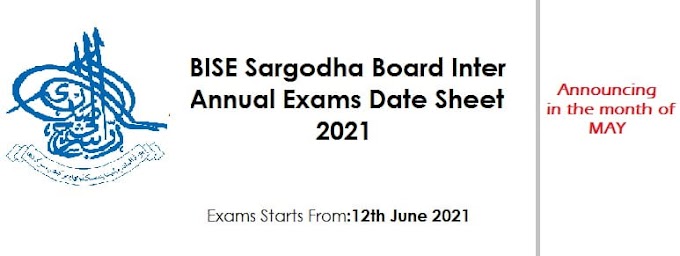Present indefinite tense
Simple sentence structure of present indefinite tense:
- Write Subject
- Use 1st form of verb - s/es
- Write Object
Sentence making method of Present Indefinite Tense :
Before making a sentence for the present tense, keep in mind these important points:
Present Indefinite Tense Example: Ali goes to school.
Use of s / es:
Ali is the subject, the Word "goes" is the Verse, and the Word "school" is the object. In the title, we put "es" in the verb because in this sentence "Ali" is singular. Always remember that we will only use s / es if the topic is singular. Unity means one. If the subject is plural it does not use "s" and "es". The plural means more than one.
Keep in mind that, we use "s" and "es" with verb when subject is singular (He, she, it, i, we, they, you, name of singular person, etc)
Use of es:
Always use "es" when the last character of the verb is "o, ch, ss, sh, x".
Example:
Ali goes to school.
the word "goes" verb. And the last character of the verb is "o" so we add "es" and "go" together to "go".
Present Indefinite Tense Examples:
The use of s / es in the present tense
We teach English.
In the example above the word "we" is plural because the word "we" contains more than one person so we do not include "s" and "es" in the verb "teach".
Note: s / es are only used if the subject is singular
Use of "s":
When the last character of verb is "o, ch, ss, xh, sh" we write "es" and when the last character of verb is not "o, ch, ss, xh, sh" we write "s" at the end of verb.
1. plays 2. stays 3. jumps 4. writes etc.
In the examples above, we use "s" after "play" because the last letters of the verb is "y" so we use "s" after "play".
Negative Sentence Structure of Present Indefinite Tense:
- Write Subject
- Write Do/Does
- Write "not"
- Use 1st form of verb + not use s/es in negative sentence of present indefinite tense
- Write Object
Remember we do not use "s / es" in negative present tense sentences.
produce a continuous opposing sentence
Use of Do & Do
Introduce negative sentences of time:
1. They don't go to school.
2. He doesn't play hockey.
3. I don't pick a flower.
4. Cats do not sleep.
5. Ali does not write a book.
Present Indefinite Tense Interrogative Sentence Structure:
- Write Do / Do at the beginning of present indefinite tense interrogative sentences
- Write Subject
- First Form of Verb without s/es
- Write Object
- ?
We put the Actions / Actions first in the question sentences. S / es are not used in question sentences.
Interrogative Sentence of Present Indefinite Tense
1. Do they go to school?
2. Are you asleep?
3. Do you play hockey?
4. Do cats sleep?
5. Doesn't Ali write the book?
6. Is Ali writing a letter?
Present Indefinite Tense Examples:
Examples of affirmative, negative sentences, and questions.
1.
They play Cricket.
They do not play Cricket.
Do they not play Cricket?
2.
You eat food.
He does not eat food.
He doesn't eat food?
3.
James is writing a letter.
James does not write a book.
Doesn't James write a book?
4.
He is driving a car.
He does not drive.
Doesn't he drive?




3 Comments
It is very helpful article about Present indefinite tense
ReplyDeleteGood article
ReplyDeleteGreat work
ReplyDelete